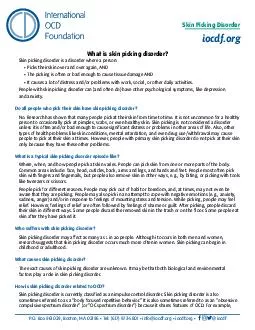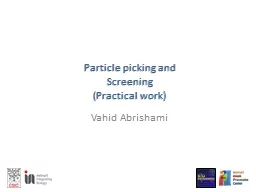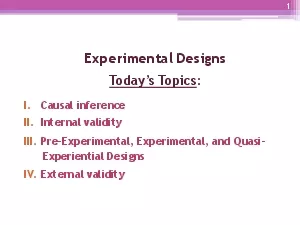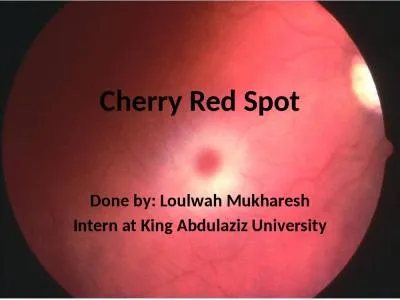PPT-Optimal Basket Designs for Efficacy Screening with Cherry-Picking
Author : cheryl-pisano | Published Date : 2019-11-07
Optimal Basket Designs for Efficacy Screening with CherryPicking Cong Chen PhD Executive Director and Head of Early Oncology Statistics BARDS Merck amp Co Inc Kenilworth
Presentation Embed Code
Download Presentation
Download Presentation The PPT/PDF document "Optimal Basket Designs for Efficacy Scre..." is the property of its rightful owner. Permission is granted to download and print the materials on this website for personal, non-commercial use only, and to display it on your personal computer provided you do not modify the materials and that you retain all copyright notices contained in the materials. By downloading content from our website, you accept the terms of this agreement.
Optimal Basket Designs for Efficacy Screening with Cherry-Picking: Transcript
Download Rules Of Document
"Optimal Basket Designs for Efficacy Screening with Cherry-Picking"The content belongs to its owner. You may download and print it for personal use, without modification, and keep all copyright notices. By downloading, you agree to these terms.
Related Documents














